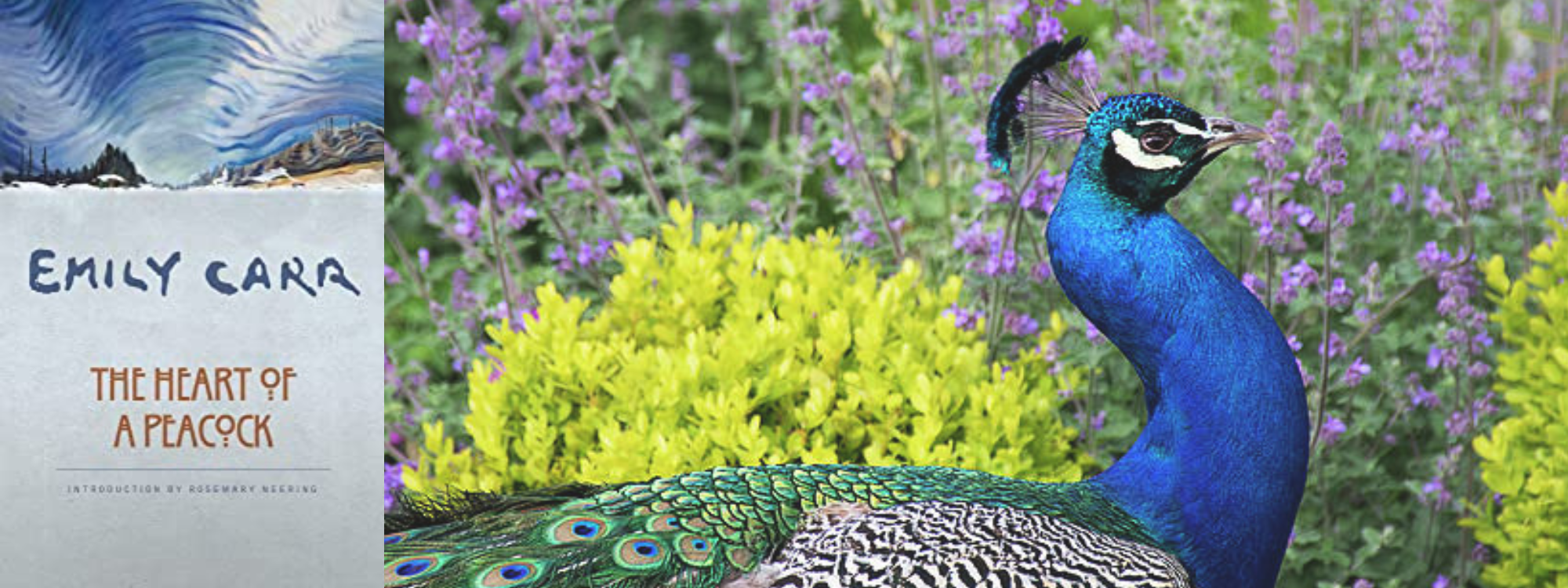All kinds of nationalities have carved all kinds of birds in all kinds of ways, and from all kinds of material. I think the Indian has used deeper insight, carved with greater sincerity than most. The totemic carvings of his crest emblem, animals and very frequently birds, lived with all their attributes in his work. An Indian believed himself actually related to his totem. This relationship was considered closer even than a blood tie.
Unlike the designers of our heraldry, an Indian might use the creature that was his crest in any pose that suited his fancy; but it must be endowed with the characteristics of the bird or animal represented—never must he waver from the concrete actuality which represented the living creature. From bones to feathers the Indian knew his bird—every characteristic, every minutest detail of its true self. He need not arrange its parts in the way nature had sequenced them.
For the purpose of decoration, space filling, and symmetry, he might distort, separate, re-colour, but he must show the creature as complete in being, though he might conventionalize it. The carver must make it express weight, power, being. Let wings, tail, talons be unconnected: they must be told. Three or four conventionalized feathers on a bird’s wing or breast suggested through the carver’s art a bird fully feathered.
Eagles and ravens played an important part in Indian totemic heraldry—eagle, fierce and strong; raven, wise and cunning. There was, too, a big bird with a long, long straight beak which often was shown on the poles. I thought it might be a representation of the crane or heron. Indians said not. They called him the “How-how” bird. He was probably mythical.
These great wooden birds were carved with dignity and intensity. Crude, regal, they surmounted tall poles, wings spread or wings folded. In primitive simplicity their calm seemed to pervade the village.
As far as I could judge, Indians seemed to entertain no sentimentality towards creatures. They treated animals and birds with an indifferent brotherliness but, when using them for totemic symbols, the Indian’s attitude towards his creature seemed to change. For his clan or personal crest the Indian entertained superstition, fear, reverence, a desire to propitiate the supernatural powers of which the totem creature was possessed.
Some of the eagles and ravens which topped the totem poles were really magnificent. Certain carvers projected the upper part of the great black eye-pupil of their birds to give the impression that the creature was looking earthward. Bird eyes were humanly shaped and deep-set. They were frequently overhung by a heavy eyebrow painted black. The eyeball was shown in an oblong of white such as the human eye has. These crest birds, endowed with supernatural powers, were supposed to see more, hear more, know more than ordinary birds.
Ravens and eagles were provided with huge square ears, one on either side of the top of the head. Birds that had wings wide-spread were crudely braced from the back to prevent the wind from tearing the wings away. Cumbersome, heavy as was the build of these wooden birds, you felt the lift and sweep of the carved wings amazingly.
How well I remember one old eagle sitting her pole in Skidigate village. She was uncoloured except where wind and rain had stained and mossed her. The rest of the pole was plain but for the figure of a beaver carved at its base. This eagle had folded wings. Her head was slightly raised, slightly twisted. I called her Old Benevolence. Maternal, brooding, serene, she seemed to dominate Skidigate.




0 comments